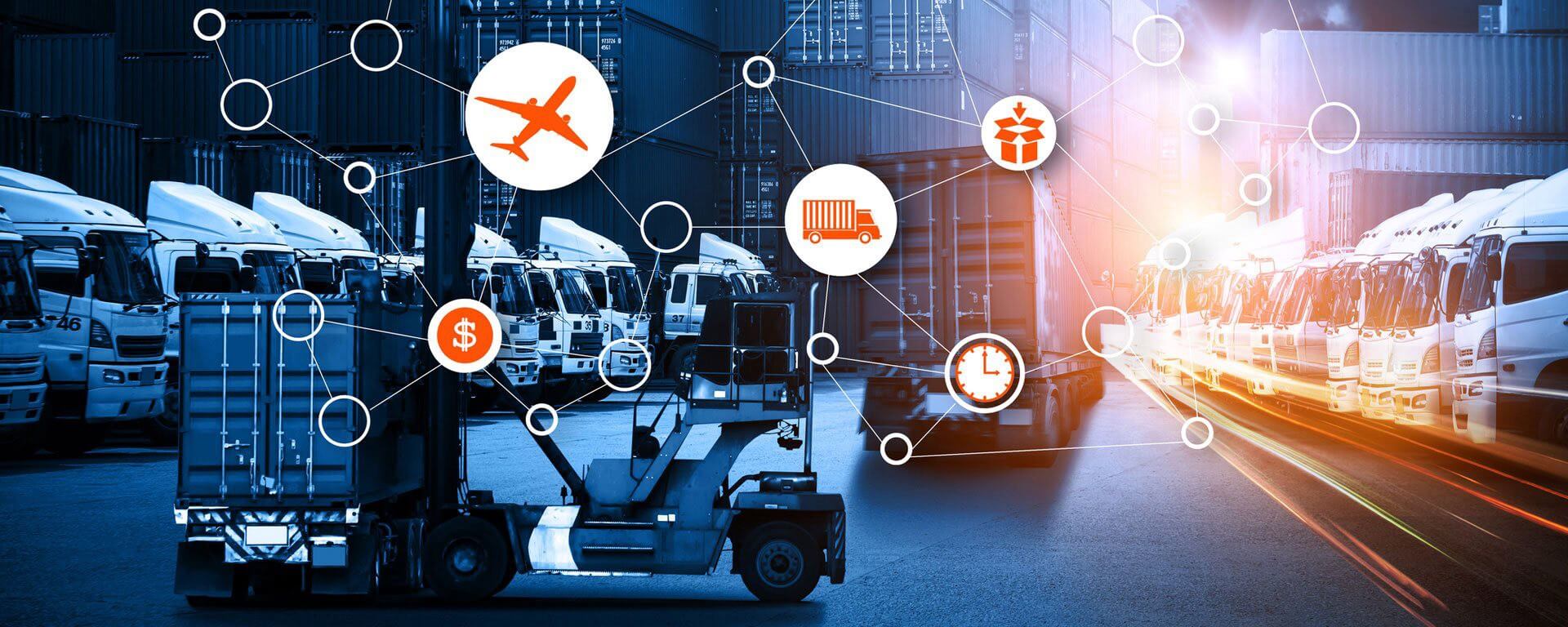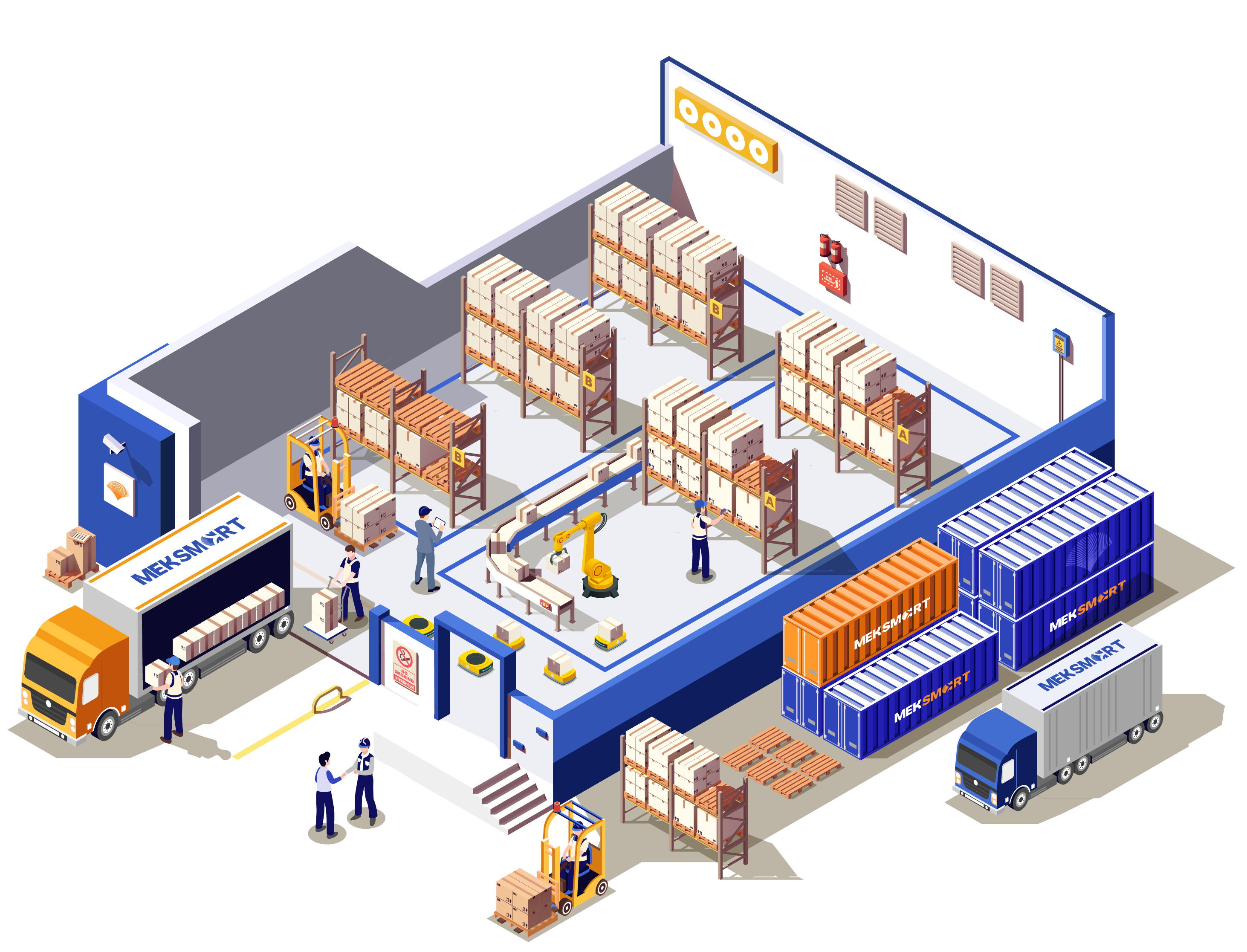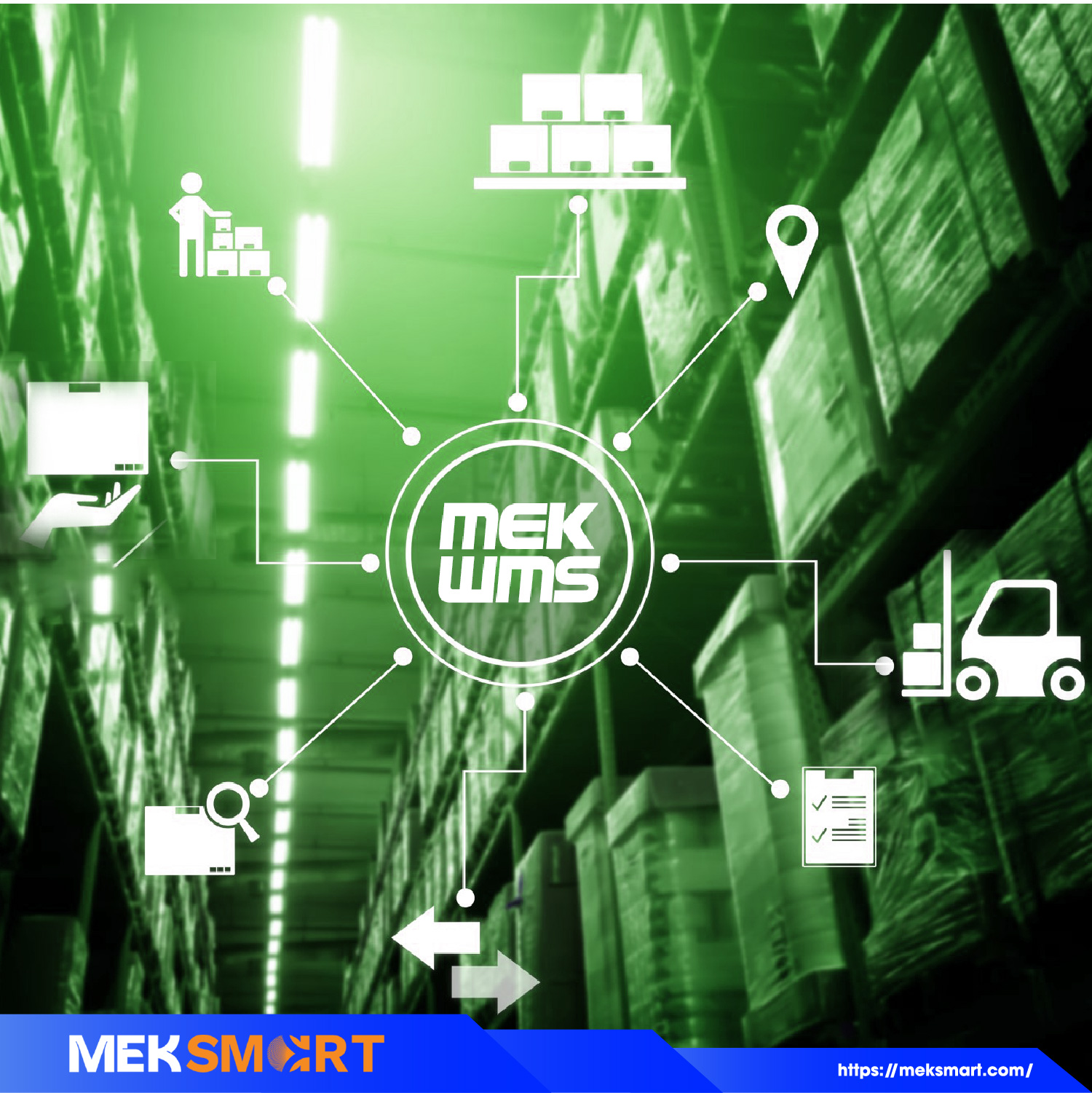MEKSMART
GENERAL NEWS
Author: Meker Meksmart
Update: 05/10/2022
ADVANCED TECHNOLOGIES THAT ARE REVOLUTIONIZING LOGISTICS
Embracing the digital transformation trend, logistics digitization tends to deliver a great competitive edge as supply chain uncertainty and complexity grow.
Five advanced technologies provide more profitable and predictable results and better manage volatility. They include:
- Digital freight bidding
- Warehouse robotics
- Digital control towers
- Dynamic price discovery
- Warehouse task automation
Are you eager to learn more about these technologies? Scroll down to explore.

Top 5 Advanced Technologies That Are Revolutionizing Logistics
1. Digital Freight Bidding
Digital freight bidding enables logistics teams to define constraints and rules quickly while inviting carriers to participate and achieve optimal cost savings within mere minutes through a rigid bid optimization engine.
The decision engine will likely intelligently balance cost with service by analyzing carrier performance metrics. Thanks to leveraging digital freight bidding, logistics businesses can cut the costs for truckload by merely 12%, with the value realization in 12 weeks, which the SaaS hosting model enables.
2. Warehouse Robotics
Recent research indicates that the global market for warehouse robotics is likely to grow from US$4.4 bln in 2020 to USD$15.79 bln by 2030, equivalent to an increase of 13.2% annually. Another report shows that 75% of big companies will utilize warehouse robotics by 2026.
A key consideration in identifying the warehouse robotics solution is the time and effort needed to introduce the new technology and combine it with the warehouse management system (WMS) to earn a return on investment.
3. Digital Control Towers
Digital control towers play a critical role in the supply chain ecosystem, helping collect real-time data on the current condition.
They allow logistics personnel to identify groundbreaking events such as missed incoming deliveries, transportation roadblocks, labor shortages, and asset downtime.
It is also effortless to share this information externally and internally with digital control towers. Therefore, the end-to-end supply chain can respond synchronized and immediately.
Digital control towers also deliver maximum values for logistics teams when integrated with the transportation management system, leveraging all transportation resources in responding to other external factors.
4. Dynamic Price Discovery
Transportation planners are pouring enormous amounts of time and attempting to guarantee that carriers can have the proper capacity on extremely short notice and at the right price.
Accordingly, dynamic price discovery appears to be the optimal solution to address this challenge by delivering real-time, on-demand access to market rates.
This solution is a point of integration for the shippers and the partners. It replaces annoying manual processes with high accuracy and speed within a single click.
Delivery planners can dynamically access the best freight rates across non-contracted and contracted carriers, allowing them to gain additional capacity during peak demand seasons.
Thanks to the ability to see prices in real-time, reflecting the effects of the current demand and supply, they could make more profitable decisions and be better informed.
5. Warehouse Task Automation
Lastly, warehouse task automation is another advanced technology that is becoming imperative.
A study predicts that by improving warehouse scheduling and processes, and reducing labor requirements through enhanced productivity, a US$10-billion company can realize more than US$31.2 million in saving costs over three years.
Provided in a SaaS (Software-as-a-service) model, the warehouse tasking automation solution gathers operations data, flags issues, and generates a response in real-time and 24/7.
As these conditions evolve, so do labor priorities and schedules, driving a profitable, fluid, and responsive warehouse environment.
Wrapping Up
That’s all about the top 5 advanced technologies that are revolutionizing logistics. We hope you will find it helpful for your consideration. Briefly, for better management of warehouses, it is inevitable to stay out of these trends in terms of warehouse management.













